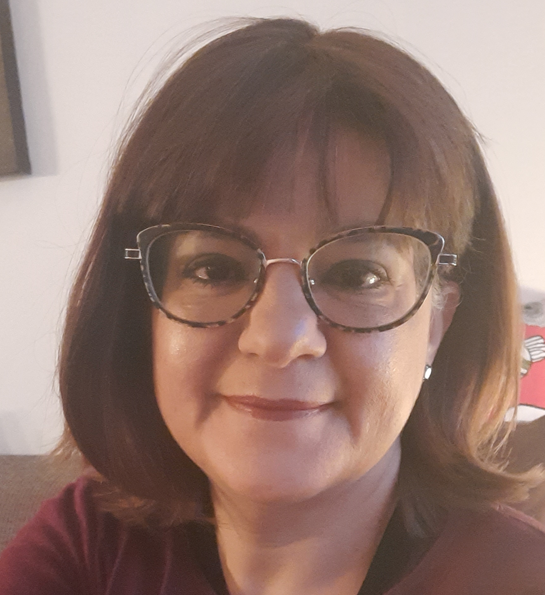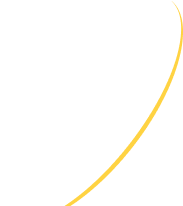
Joelle Elbez-Uzan
Project Leader
DEMO Fusion reactor
Joelle Elbez-Uzan is a veteran when it comes to nuclear safety, with an extensive background in both nuclear fission and fusion. Born in Marseille, in the South of France, her interest in science led her to pursue a degree in engineering, with an emphasis on the energy sector, eventually obtaining a PhD. Her career began in nuclear fission, where she established nuclear safety reports, framework, and licensing for roughly twenty years before transitioning into nuclear fusion.
In 1998, Dr. Elbez-Uzan began working for the CEA as deputy head of the nuclear safety department where she played an instrumental role in establishing the “Safety Option Report” for the Jules Horowitz reactor. Following this, Dr. Elbez-Uzan decided to transition into nuclear fusion when France proposed Cadarache as a site for the ITER project. It was there that she laid the foundation for the organization’s nuclear safety framework. “I started writing the safety documents in 2000, I was the main interface with the French safety authorities. I was also responsible for safety reports, licensing processes, as well as the completion of the safety engineering activities to develop ITER as a nuclear machine and the associated documentation. We were in charge of establishing the overall safety baseline for the first nuclear fusion installation,” she recalls. Dr. Elbez-Uzan was the head of ITER’s nuclear safety division from 2009, until 2021. She is currently the head of nuclear safety office for DEMO reactors at EUROfusion, where she is the lead on a range of projects, including nuclear safety and licencing.
“During my schooling I received some specialization related to energy and I thought that nuclear was a good sector with a good perspective. I think it was a question of opportunity, the first job that I got was in nuclear and so I stayed,” Dr. Elbez-Uzan says when asked about what drew her to the field. She was particularly attracted to the field as it meant that she could work on a broad range of topics. “Nuclear safety is a very large domain because you can cover most of the technical domains, from safety to engineering processes,” she explains. Regarding her shift from fission to fusion, Dr. Elbez-Uzan recalls, “I entered into fusion by chance, I’d say. In 1999, the head of the CEA asked me to prepare the Safety Option Report for ITER because I had just completed one for the CEA’s Jules Horowitz reactor.” Her career trajectory was driven in large part by people she met and the topics that interested her. “You meet people and enter into a kind of adventure together. I’ve been pushed in a direction, like many others,” she reflects.
Looking back on her career, Dr. Elbez-Uzan reflects on the resistance and challenges faced as a woman in a male-dominated field. “I would not be being honest if I didn’t say that to be a woman is very difficult in the fusion community. To get key positions and legitimacy takes time, much more than in fission,” she says. However, her motivation, patience and resilience has allowed her to overcome these challenges. “Fusion is quite a masculine world, and it took time for me to gain legitimacy. It’s a field that has been set up by men, and they resisted a lot at the beginning. It is better now, I would say, there has definitely been an evolution” she shares.
Dr. Elbez-Uzan also highlights the challenges of working in a relatively novel industry. One of the major barriers was the absence of a safety framework in the early stages of her work in fusion. “The lack of safety culture was quite significant in fusion. The scientific and technical unknowns made it difficult to establish a safety philosophy, to say with certainty that the physics of plasma will lead to these specific nuclear safety constraints, and some specific requirements in terms of designing the system,” she explains.
Dr. Elbez-Uzan recommends that anyone looking to enter into fusion should “have patience, be passionate, and stay positive because it will take time.” Nonetheless, she is optimistic about the prospect of future developments in nuclear fusion. “I am personally welcoming the new private sector which I hope will push progress,” she says.

